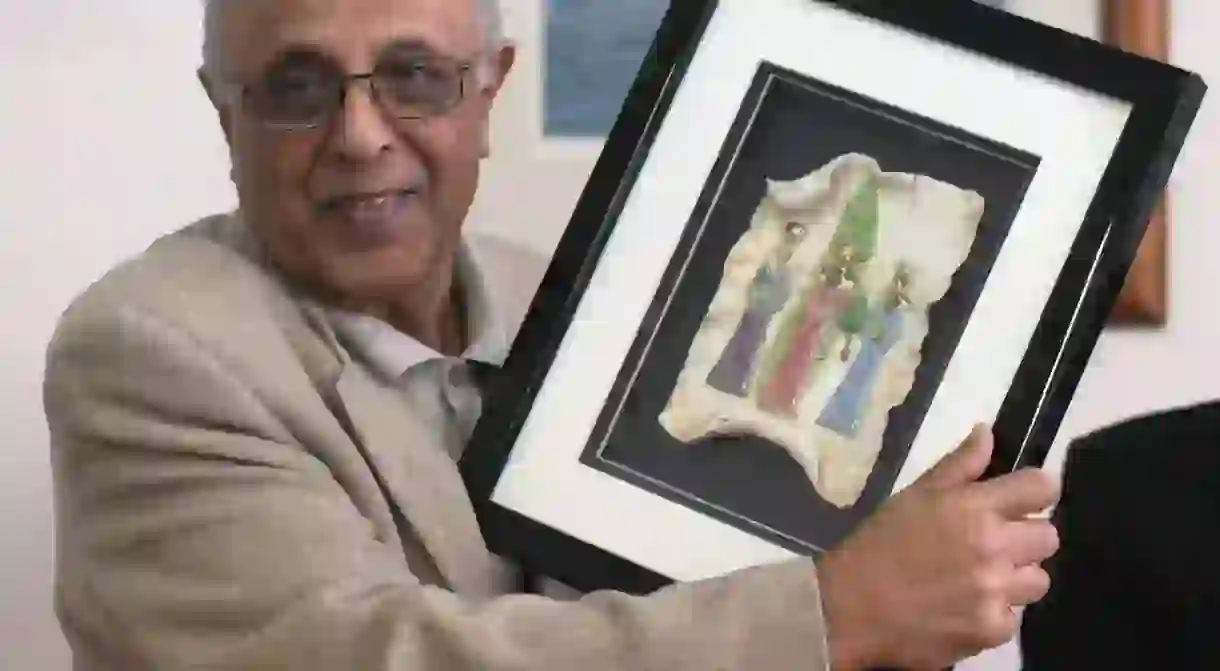10 Things to Know About Ahmed Kathrada, South Africa's Eminent Freedom Fighter

Former South African politician, political prisoner and activist, Ahmed Mohamed Kathrada (August 21, 1929 – March 28, 2017), will forever be remembered for his involvement in the struggle against Apartheid. He worked alongside Nelson Mandela, Walter Sisulu and other greats to end racial discrimination in South Africa. In light of a new book, titled Conversations With a Gentle Soul, we look at ten crucial facts about Ahmed Kathrada’s life and work.
He was born on August 21, 1929
Ahmed Mohamed ‘Kathy’ Kathrada was born to Indian immigrant parents in Schweizer-Reneke, a small town in the North West Province of South Africa.
He was an anti-war activist by age 12
In 1941, when he was only 12 years old, Kathrada started distributing leaflets for the Young Communist League of South Africa. He was also involved in the anti-war campaign of the Non-European United Front during World War II.

He left school at age 17
Kathrada left school when he started a full-time position at the offices of the Transvaal Passive Resistance Council.
He never finished colleged
In 1951, he enrolled as a student at the University of the Witwatersrand in Johannesburg but later abandoned his studies. He devoted himself to political activism and, as chairperson of the Transvaal Indian Youth Congress, Kathrada attended the World Youth Festival in Berlin in 1951, and was elected leader of the large multi-racial South African delegation.
He helped organize the Campaign of Defiance Against Unjust Laws
The 1952 campaign was launched by the ANC (African National Congress) and the SAIC (South African Indian Congress) and targeted six unjust Apartheid laws.

He was subjected to house arrest
In December 1962, he was put under house arrest for 13 hours a day, and over weekends and public holidays. Nonetheless, Kathrada continued to attend secret meetings at the ANC headquarters.
He was sentenced to life in prison
In July 1963, the police raided Liliesleaf Farm in Rivonia. The raid led to the famous ‘Rivonia Trial,’ in which eight accused, including Kathrada, were sentenced to life imprisonment.
His prisoner number was 468/64
At the age of 34, in 1964, Kathrada was imprisoned on Robben Island, where he spent the next 18 years with his associates. Despite being in prison, Kathrada continued his academic studies and obtained four degrees.

He also served time in Cape Town’s Maximum Security Prison
In October 1982, Kathrada was moved to Pollsmoor Maximum Security Prison in Cape Town. There he joined Mandela, Sisulu, Mhlaba, and Mlangeni who had also been moved to Pollsmoor.
He was released on October 15, 1989
Kathrada was 60 when he was released from prison, and was given a hero’s welcome in Soweto, where he addressed a crowd of 5000 people.
Conversations with a Gentle Soul, by Ahmed Kathrada and Sahm Venter, was released in February 2017.














